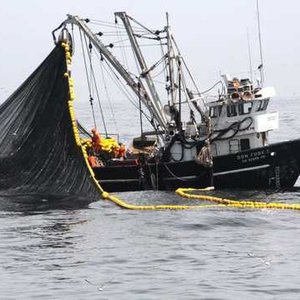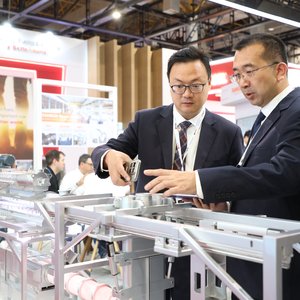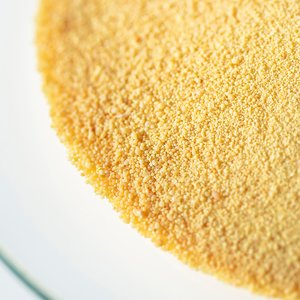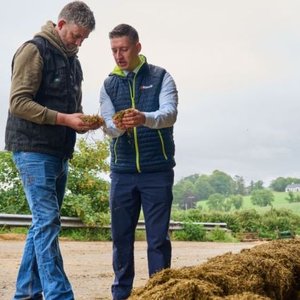Merck Animal Health (known as MSD Animal Health outside the USA and Canada) recently presented results from a study assessing the benefits of treating salmon with SLICE® (emamectin benzoate) followed by hydrogen peroxide to reduce sea lice infestations and re-infection in sea lice populations that have demonstrated resistance to emamectin benzoate. The study found that a sequential treatment approach provided effective clearance of existing sea lice infections and subsequently reduced resettlement of an emamectin benzoate-resistant sea lice strain, more effectively than treatment with hydrogen peroxide alone. Results were presented at the 10th International Sea Lice Conference held August 31 to September 5 in Portland, Maine, U.S.A.
“Sequential treatment with SLICE and hydrogen peroxide has been adopted by a number of veterinarians and producers to improve sea lice control, particularly in sea lice populations that have shown resistance to the treatments,” said Dafydd Morris, Merck Animal Health. “We are pleased to present this important research to help producers optimize their sequential treatment approach, thereby improving the effectiveness of their control strategy and reducing re-infection.”
In the study, mixed-sex Atlantic salmon were challenged with infective sea lice copepodids from a population that is resistant to emamectin benzoate. After four weeks, the fish were randomly allocated to 28 identical treatment tanks. On Day 36, the fish were challenged with a second cohort of sea lice copepodids to ensure a mixed-stage sea lice population on the fish.
The 28 treatment tanks were randomly assigned to 14 treatment groups, with ten groups receiving treatment with SLICE from days zero to six. Nine of these groups were also treated with hydrogen peroxide at nominal concentrations of 600, 1000, or 1400ppm, administered at either three, seven, or 12 days after the end of the SLICE treatment. The other four groups did not receive a SLICE treatment. Of these, three groups received hydrogen peroxide treatments at 1400ppm and one received no treatments.
The study found that efficacy against sea lice infection was greater when hydrogen peroxide was administered seven or 12 days after SLICE in a concentration of 1000 or 1400ppm. Sequential treatment of hydrogen peroxide seven days after SLICE had 86.1 percent efficacy at 1000ppm and 81.8 percent efficacy at 1400ppm. When hydrogen peroxide was administered 12 days after treatment, efficacy was 83 percent at 1000ppm and 91.2 percent at 1400ppm. Efficacy of hydrogen peroxide at 1400ppm—without a preceding treatment with SLICE—was similar, at 86 percent when administered on day seven and 86.6 percent when administered on day 12. Treatment groups receiving only SLICE experienced limited reduction of infestation, due to resistance in the sea lice population.
In addition to determining the most efficacious timing and dosing of hydrogen peroxide after treatment with SLICE, the study also sought to determine the residual effect of SLICE and hydrogen peroxide in reducing re-infection by a resistant strain of sea lice. The study found that treatment with hydrogen peroxide alone gave little or no benefit against sea lice re-infection, and that sequential treatment showed similar efficacy to treatment with SLICE alone, suggesting that hydrogen peroxide has no residual efficacy. Treatment with SLICE, however, provided 52.9 percent efficacy against re-infection 39 days following treatment.










